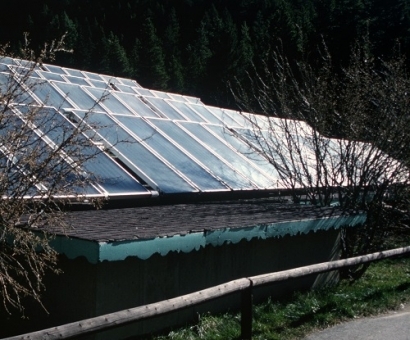
The four Colorado solar projects to be added to Tri-State’s resource portfolio by the end of 2023 include:
• Axial Basin Solar is a 145-MW project in Moffatt County. The project is located on land near the Colowyo Mine, which will close by 2030.
• Coyote Gulch Solar is a 120-MW project located in La Plata County,
• Dolores Canyon Solar is a 110-MW project located in Dolores County ,
• Spanish Peaks Solar is a 100-MW project, and Spanish Peaks II Solar is a 40-MW project, located in Las Animas County.
These solar projects are part of Tri-State’s Responsible Energy Action Plan. According to Tri-State, the renewable energy projects and other actions set in motion under the Responsible Energy Plan are part of the most transformative change in its 67-year history.
Tri-State’s clean energy transition significantly expands renewable energy generation, meaningfully reduces greenhouse gas emissions, extends the benefits of a clean grid to cooperative members, and will share more flexibility for self-generation with members, all while ensuring reliable, affordable and responsible electricity.
“We’re not just changing direction, we’re emerging as the leader of the energy transition,” said Duane Highley, Tri-State’s chief executive officer. “Membership in Tri-State will provide the best option for cooperatives seeking a clean, flexible and competitively-priced power supply, while still receiving the benefits of being a part of a financially strong, not-for-profit, full-service cooperative.”
"We are very much looking forward to implementing these projects for Tri-State and appreciate the trust placed in our experienced team and our work," said Stephan Hansen, member of the board and COO of the juwi group.
When completed, the four solar projects will provide enough generation to meet the electricity needs of over 165,000 households. Juwi will build, own and operate the projects under separate PPAs with Tri-State.
“By 2024, 50 percent of the energy consumed within our cooperative family will be renewable,” said Highley. “Accelerating our renewable procurements as technology improved and prices dropped results in the lowest possible renewable energy cost today for our members, and likely of any regional utility.”

